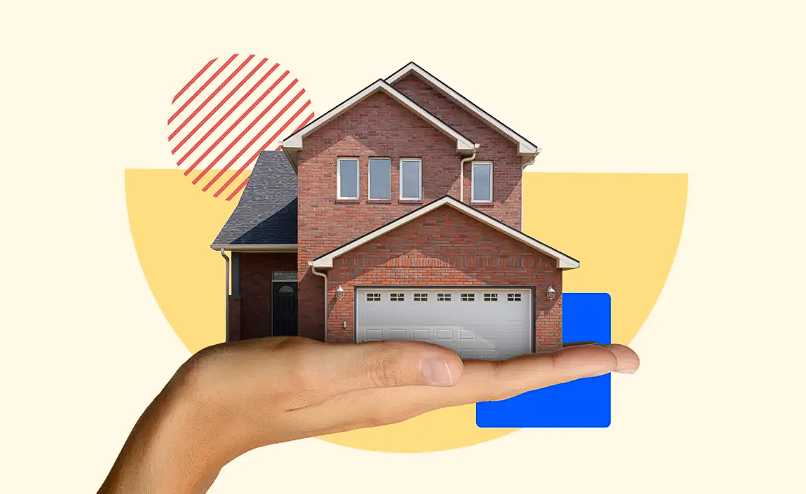
Understanding what is present in a lease agreement is very significant for both landlords and tenants. Problems may rise between tenants and landlords regarding terms and conditions of the lease. However, such conflicts can easily be avoided as a lease is simple and comprises of all the details necessary to avoid litigation. It is worth noting that such problems would not complicate the situation, since the primary issue would be the lack of will to explain the lease in detail.
In this article, we cover the basic requirements that must be included in a lease agreement as well as the implications that will follow if such inclusions are disregarded.
What Is a Leasing A Lease Agreement?
The lease agreement defines, for example, the right of the tenant to keep a pet or make changes to the property, cleaning duties and how the tenant should behave in case issues arise. In short, it is a contract wherein the landlord and the tenant mutually come to an agreement regarding the rental of a property. The purpose of the contract is to give a brief outline of communication terms and provide privacy to both sides. It does for a specific amount of time, Thus it is expected that The Landlord allows the tenant to use their property under specific conditions, usually this includes maintenance and payment of rent for a certain period.
In this segment, we discuss various issues present in a lease agreement and their relevant solutions.
Key issues in a Lease Agreement
There are key terms which may be utilized to successfully eliminate any conflicts that may take place during a landlord and tenant agreement. All agreements contain these key terms in order to protect both parties.
1. Rental Term and Payment Schedule
A rental term indicates how long a client may stay at a property, outlining the dates of check-in and check-out. All Basic rent information, including the maximum amount to be paid, payment periods, and payment methods is placed in this section. Even so, a landlord may list the penalties for any late payments as well. Both parties are required to sign this part so as to confirm such agreement’s terms.
2. Security Deposit Policies
A security deposit requirement is an amount posted to the landlord at the commencement of the lease period. It is held by the owner for the length of the period of stay and is usually refundable after the lease or occupancy period is over. However, if a tenant spills or uses tobacco or cigarettes, or damages any other part of a property, rent, the landlord may cut the balance on repair out of the security deposit. Conditions, deductions, and refunds are the specifics stated in this clause.
3. Permitted Activities And Bans
This section defines tenant’s operations to the extent that prohibits him from smoking, drinking, throwing big parties or using intoxicants within the premises. Such restrictions are reasonable since they are intended to promote the desired use of the property and mitigate problems that may arise.
4. Maintenance and Repairs
Maintenance and repair duties are set out in order to ensure that all parties know who is responsible for carrying out repairs and maintenance activities. In case the tenant is at fault for the damage, the landlord has the right to withhold the amount of repair from the security deposit. This section aims at enabling both parties understand each other’s roles and responsibilities in relation to upkeep of the property.
5. Subletting and Guest Policies
This clause indicates whether the tenant has been granted permission to sublease the premises or have guests in the premises. Slum subletting allows a third person to occupy the property on the terms acceptable to the landlord and which has been formalized with the landlord’s permission. This makes it possible that all other arrangements are done in a clear way and with the landlord’s people.
6. Late Fees and Other Charges
Tenants must pay late fees to the landlord each month when they do not pay rent on time. This amount is some kind of a flat amount and not more than some percentage of the total rent that is payable. Costs like electricity, telephone, heating are also included in this clause so that the tenant knows what other costs he/she has to incur at the minimum.
7. Options for Extension of the Lease term
Renewing leases can be a complex process due to the details around how it can be done and the timing. When deciding on new terms for leasing including changes in rent, maintenance, or subleasing, the changes are detailed. All dues must be made sure to be cleared before leasing and both the parties must share the amended lease terms as they agree over them.
Conclusion
In conclusion, the lease agreement can be defined as a legal document that is signed between the tenant and the landlord where the rights and obligations are made explicit between the parties. It comprises important provisions such as payment of rent, period of the lease, the maintenance obligations, uses allowed, and methods of termination and extensions, to reduce the likelihood of fears or causes of disagreement between the parties and developing a positive environment. In fact, respecting and complying with these stipulations will benefit both landlords and tenants to avoid being disappointed by the rental business.
At Dream Location, we offer free advice as well as guide our potential clients through the process. Our company properly handles lease agreements, signings, and transfers with all participants included in the deal until the handover is complete. Join Dream Location now and together let us create your Dream Location!
For more information about Dream Location and to search your dream property, please visit Dream Location on Google Map. Contact us today to know more about the best real estate deals in Delhi and North India; we will connect you to the right property investment.
